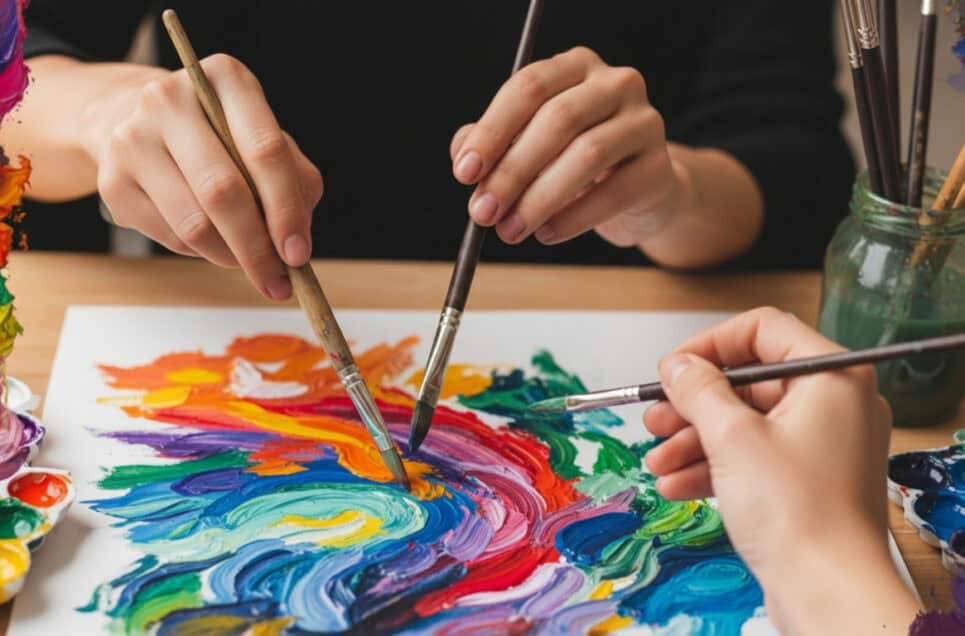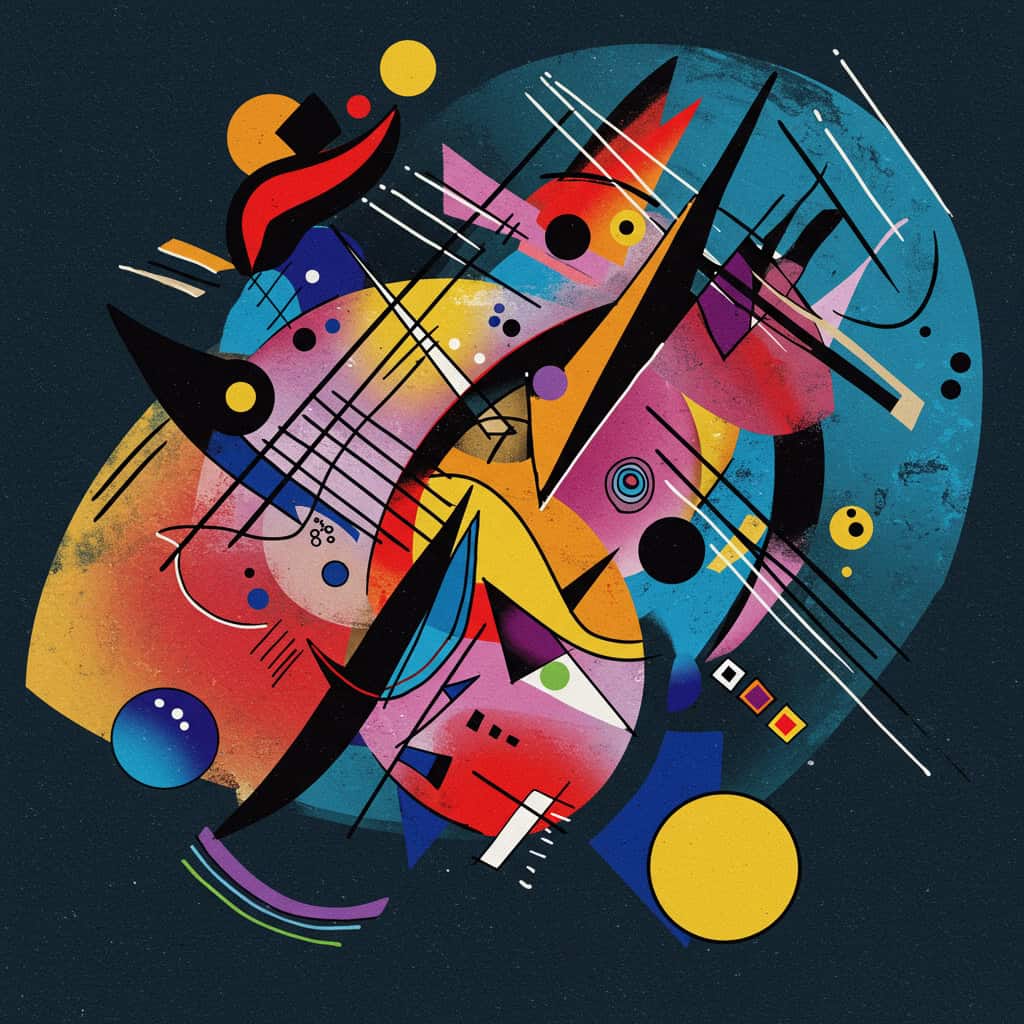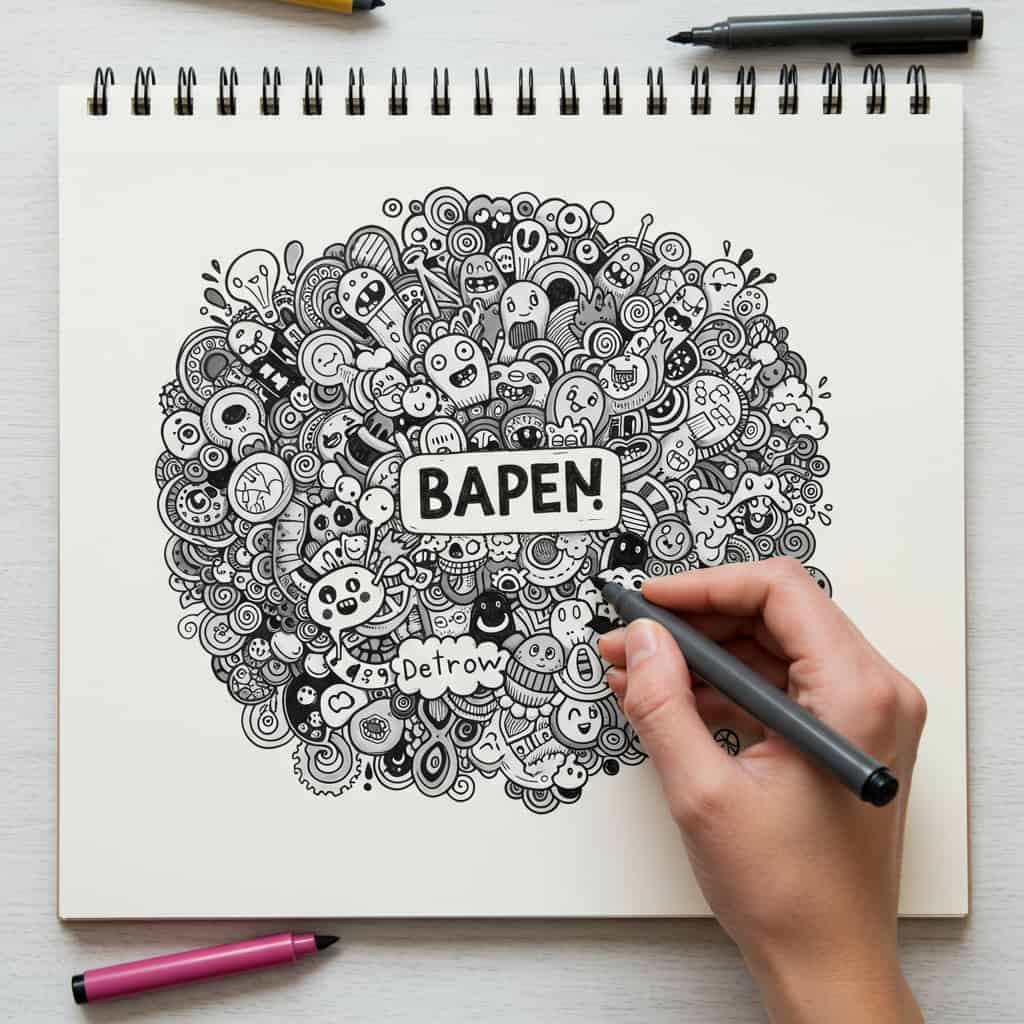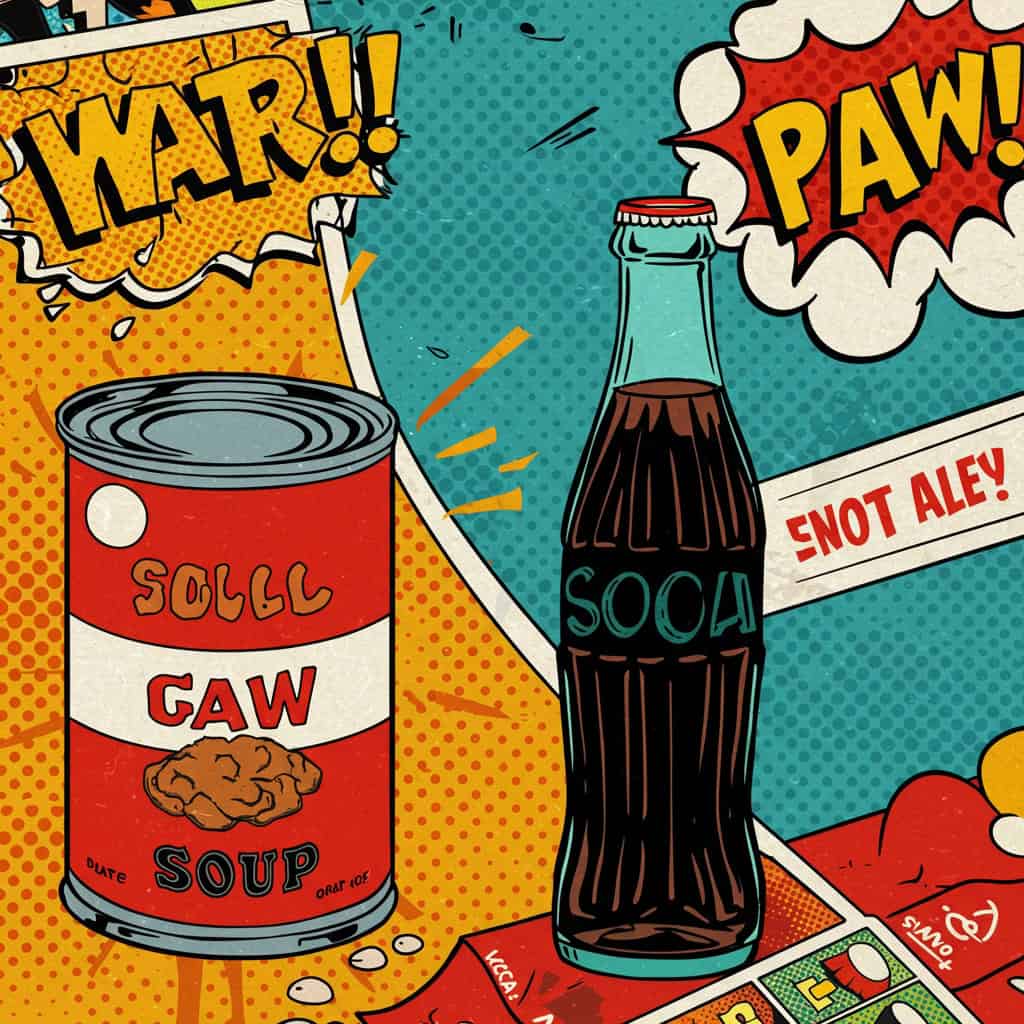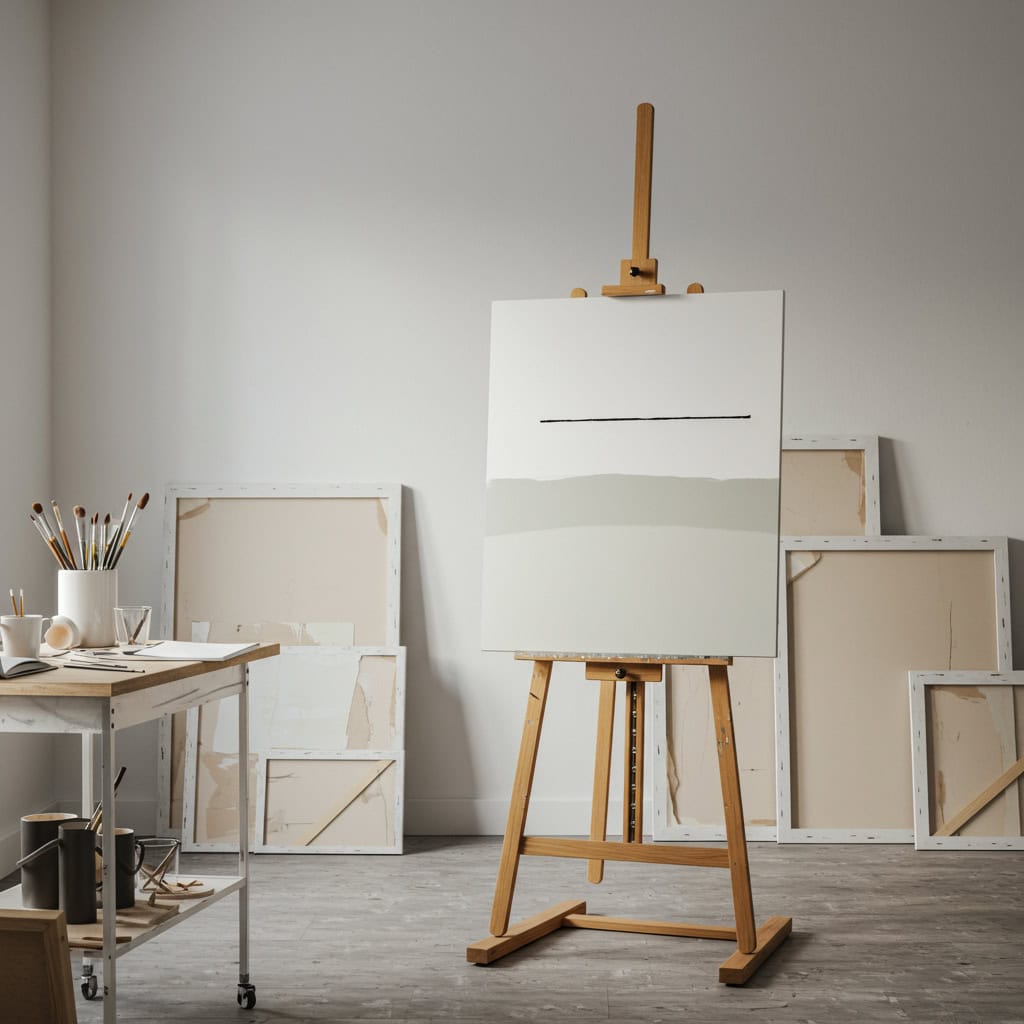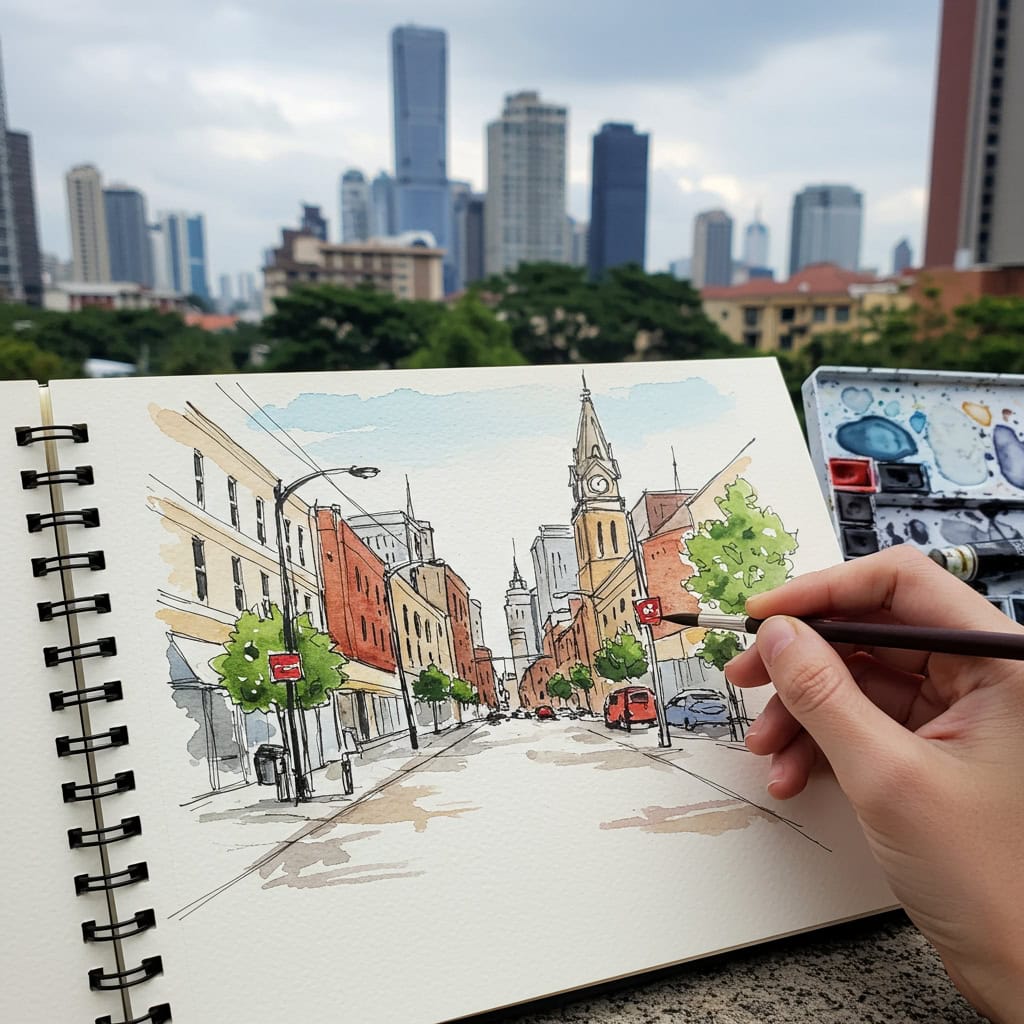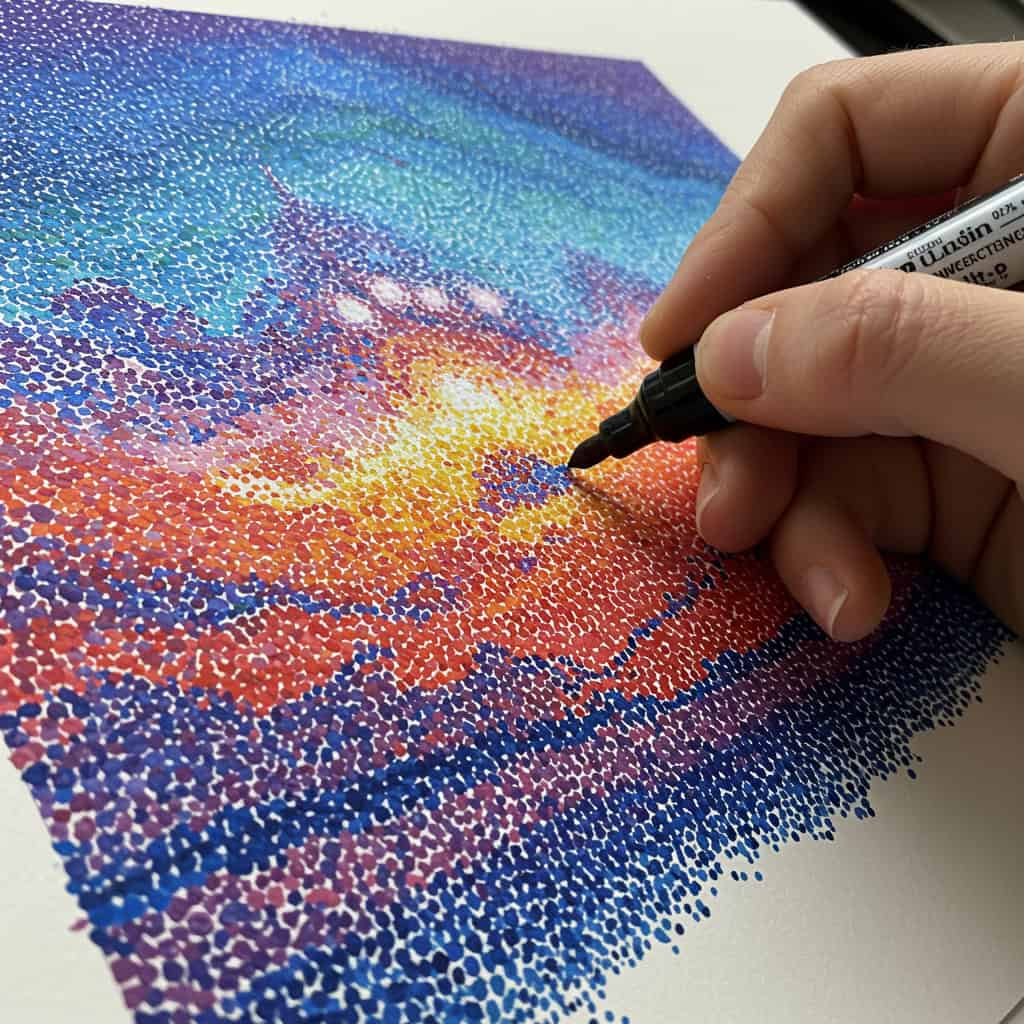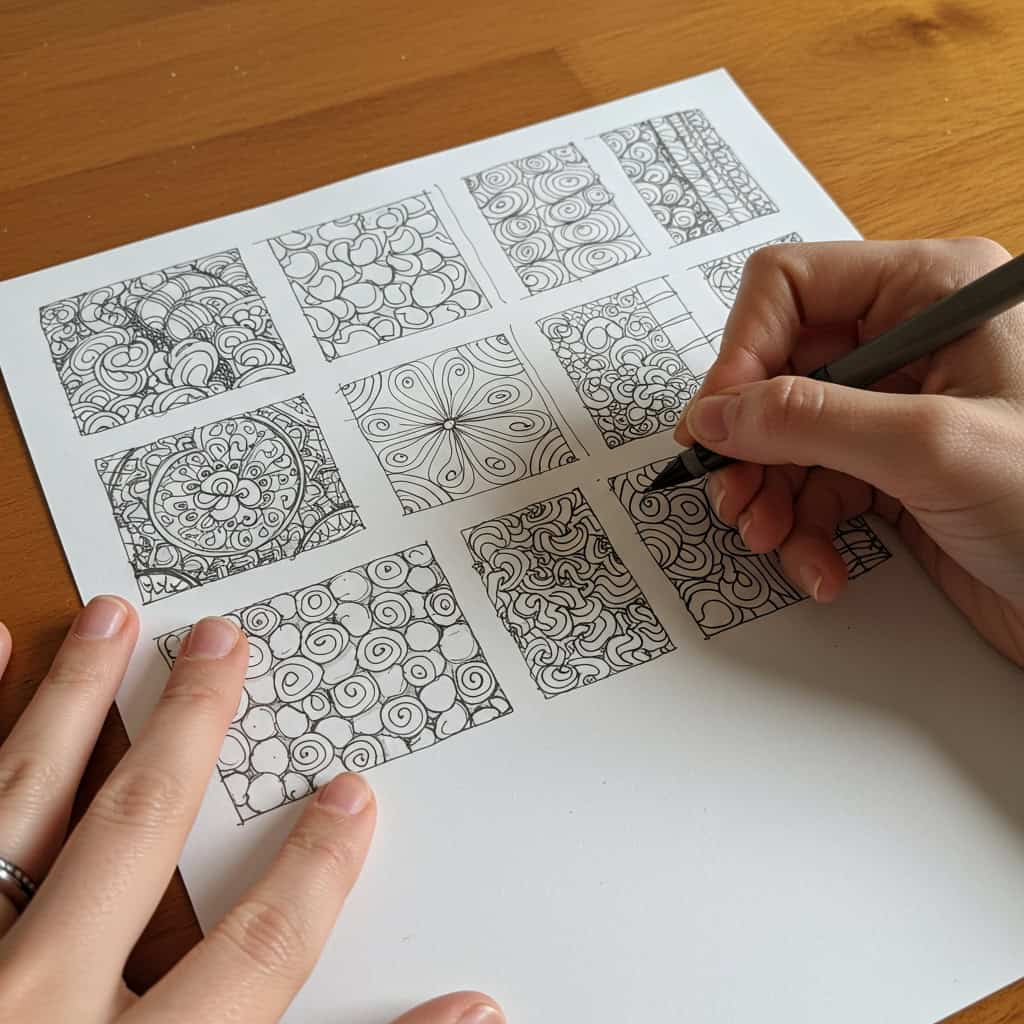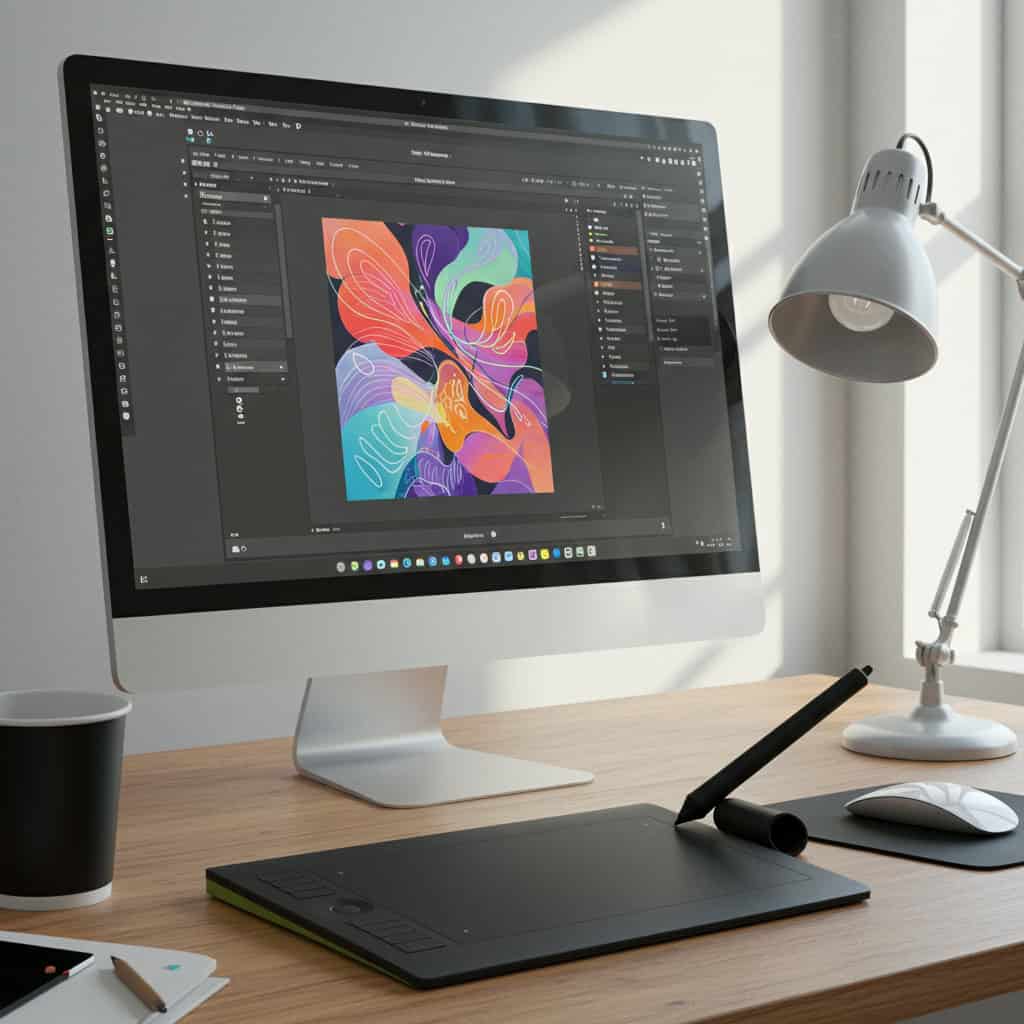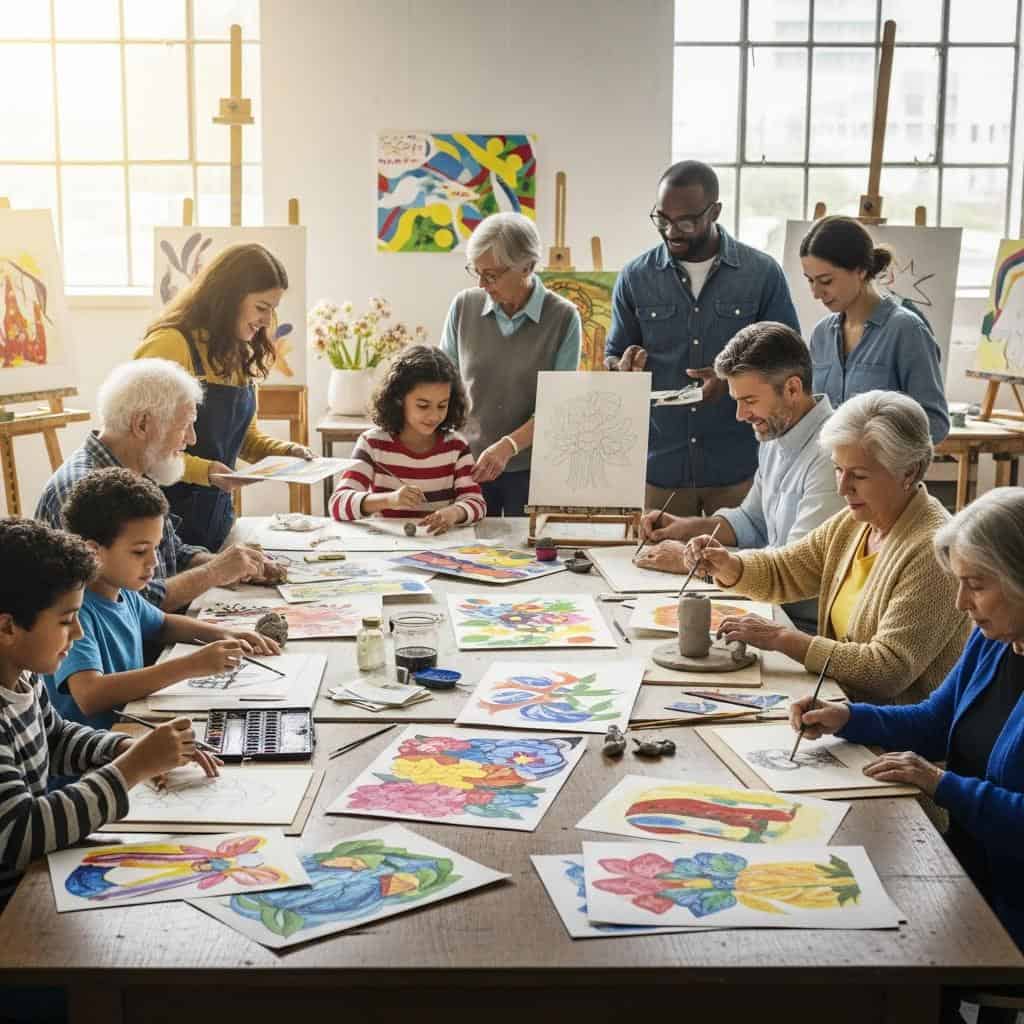Artistic skill isn’t reserved for those with academic backgrounds or formal training. With curiosity and an open mind, anyone can explore diverse art styles that thrive on freedom and personal expression. These approachable methods break down barriers, empowering you to create vivid, meaningful works regardless of experience. Whether you’re seeking a new hobby or a creative outlet, these styles offer endless possibilities.

